Markus Dreseler
How building an industry DBMS differs from building a research one
#1about 3 minutes
Building a research database prototype versus an industry system
A research database like Hyrise prioritizes open-source experimentation, while industry systems like SAP HANA require navigating large, constantly changing codebases.
#2about 3 minutes
Understanding Snowflake's decoupled compute and storage architecture
Snowflake's architecture separates centralized storage from a scalable compute layer, allowing independent provisioning of resources based on customer demand.
#3about 2 minutes
Core similarities in database processes and documentation culture
Both research and industry databases follow the same fundamental query processing pipeline, and collaborative design documents replace the formal, slow feedback loop of academic papers.
#4about 3 minutes
The complexity of supporting nuanced real-world SQL features
Industry databases must support complex and often overlooked SQL features like collations, versioned time zones, and advanced functions like MATCH_RECOGNIZE that are typically ignored in research.
#5about 5 minutes
Using production metadata for data-driven performance optimization
Access to petabytes of query metadata allows for analyzing real customer workloads, using tools like perf at scale, and A/B testing optimizations, a significant advantage over academic benchmarks.
#6about 4 minutes
Implementing extensive testing strategies for production reliability
Production systems require a multi-layered testing approach, including sanitizers, query permutation testing, and re-executing historical customer queries to ensure correctness without accessing data.
#7about 2 minutes
Using feature flags for safe and gradual code rollouts
New code is protected by parameters or feature flags, enabling instant rollbacks and allowing for a gradual, controlled release from test environments to full production.
#8about 5 minutes
Handling operational challenges and infrastructure failures at scale
An engineer on-call rotation addresses customer issues and handles rare but inevitable problems like faulty cloud hardware by using health checks, retries, and a resilient metadata store.
#9about 3 minutes
Reflecting on the trade-offs between research and industry
While industry work loses the ability to make rapid, sweeping changes, it offers the significant benefit of working on real workloads and seeing a measurable, large-scale impact.
Related jobs
Jobs that call for the skills explored in this talk.
Matching moments
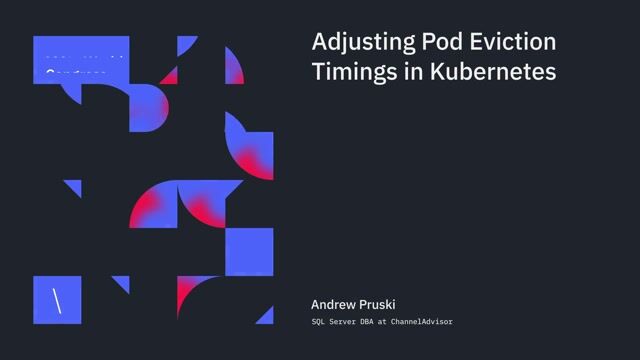
00:09 MIN
A DBA's journey to running SQL Server on Kubernetes
Adjusting Pod Eviction Timings in Kubernetes

07:52 MIN
The architectural advantage of a SQL-native design
Fault Tolerance and Consistency at Scale: Harnessing the Power of Distributed SQL Databases
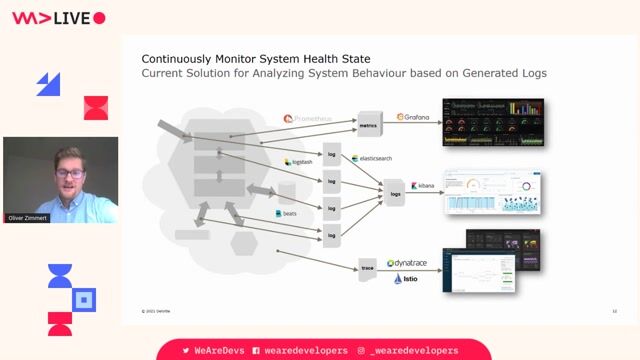
28:34 MIN
Answering questions on data volume, challenges, and databases
Remote Driving on Plant Grounds with State-of-the-Art Cloud Technologies

25:26 MIN
Modern data architectures and the reality of team size
Modern Data Architectures need Software Engineering

34:48 MIN
Q&A on performance, parallelism, and organizational impact
Convert batch code into streaming with Python

38:52 MIN
Q&A on hybrid cloud strategy and data management
Embracing the Hybrid Cloud: Unlocking Success with Open Source Technologies

14:45 MIN
Using the Modern Data Stack and DBT for transformations
Modern Data Architectures need Software Engineering
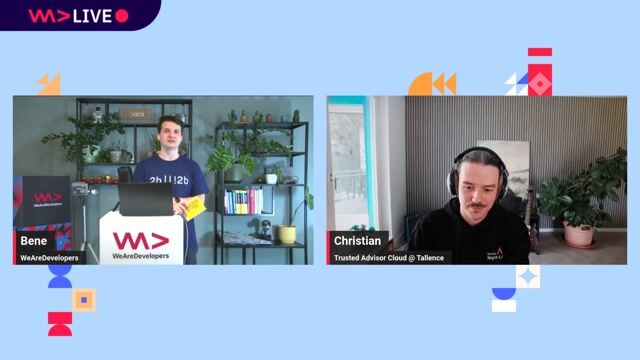
45:45 MIN
Q&A on platform engineering implementation and future
Platform Engineering vs. DevOps Why not both?
Featured Partners
Related Videos
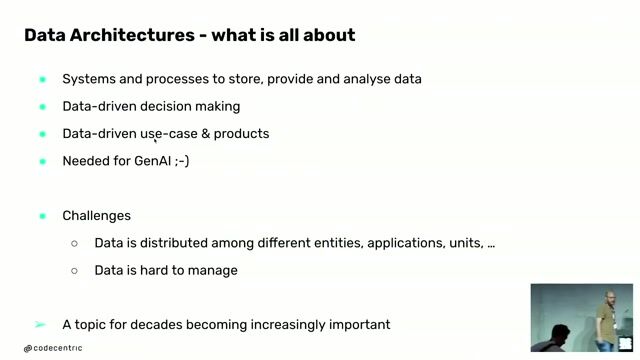 29:25
29:25Modern Data Architectures need Software Engineering
Matthias Niehoff
 26:53
26:53Enjoying SQL data pipelines with dbt
Matthias Niehoff
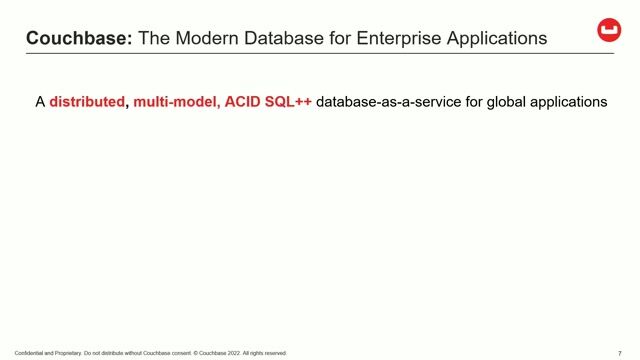 24:22
24:22Database Magic behind 40 Million operations/s
Jürgen Pilz
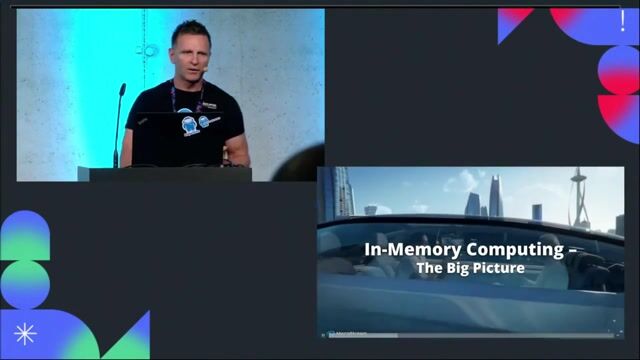 30:36
30:36In-Memory Computing - The Big Picture
Markus Kett
 21:09
21:09Scaling Databases
Tobias Petry
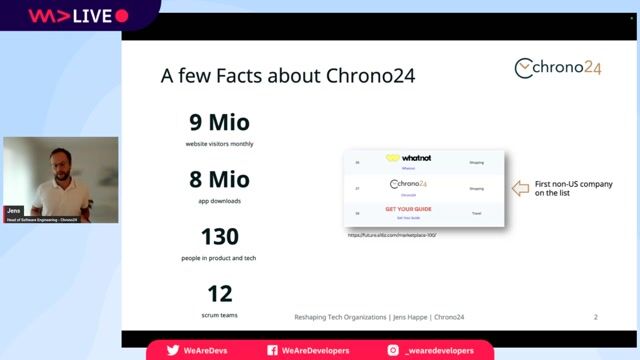 50:06
50:06Single Server, Global Reach: Running a Worldwide Marketplace on Bare Metal in a Cloud-Dominated World
Jens Happe
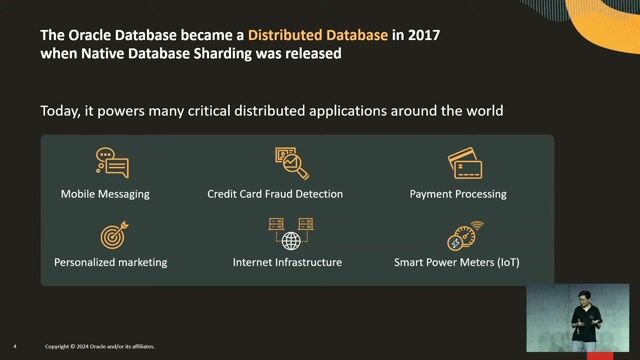 32:46
32:46Fault Tolerance and Consistency at Scale: Harnessing the Power of Distributed SQL Databases
Wei Hu
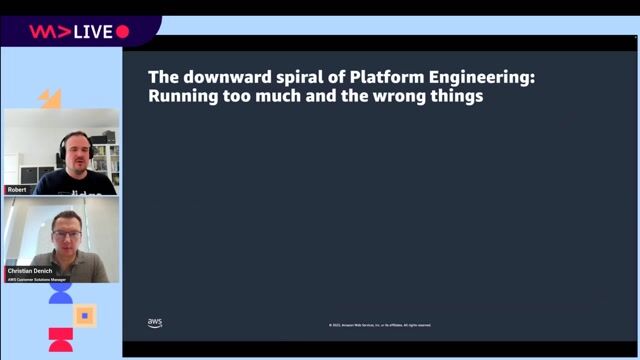 57:45
57:45Forget Developer Platforms, Think Developer Productivity!
Robert Hoffmann & Christian Denich
From learning to earning
Jobs that call for the skills explored in this talk.

DevOps Engineer – Kubernetes & Cloud (m/w/d)
epostbox epb GmbH
Berlin, Germany
Intermediate
Senior
DevOps
Kubernetes
Cloud (AWS/Google/Azure)
![Senior Software Engineer [TypeScript] (Prisma Postgres)](https://wearedevelopers.imgix.net/company/283ba9dbbab3649de02b9b49e6284fd9/cover/oKWz2s90Z218LE8pFthP.png?w=400&ar=3.55&fit=crop&crop=entropy&auto=compress,format)
Senior Software Engineer [TypeScript] (Prisma Postgres)
Prisma
Remote
Senior
Node.js
TypeScript
PostgreSQL

Senior Systems/DevOps Developer (f/m/d)
Bonial International GmbH
Berlin, Germany
Senior
Python
Terraform
Kubernetes
Elasticsearch
Amazon Web Services (AWS)


Team Lead and Senior Software Engineer with focus on AI
Dynatrace
Linz, Austria
Senior
Java
Team Leadership

Senior DevOps Engineer (f/m/x)
Douglas GmbH
Düsseldorf, Germany
Senior
Kubernetes
Cloud (AWS/Google/Azure)


